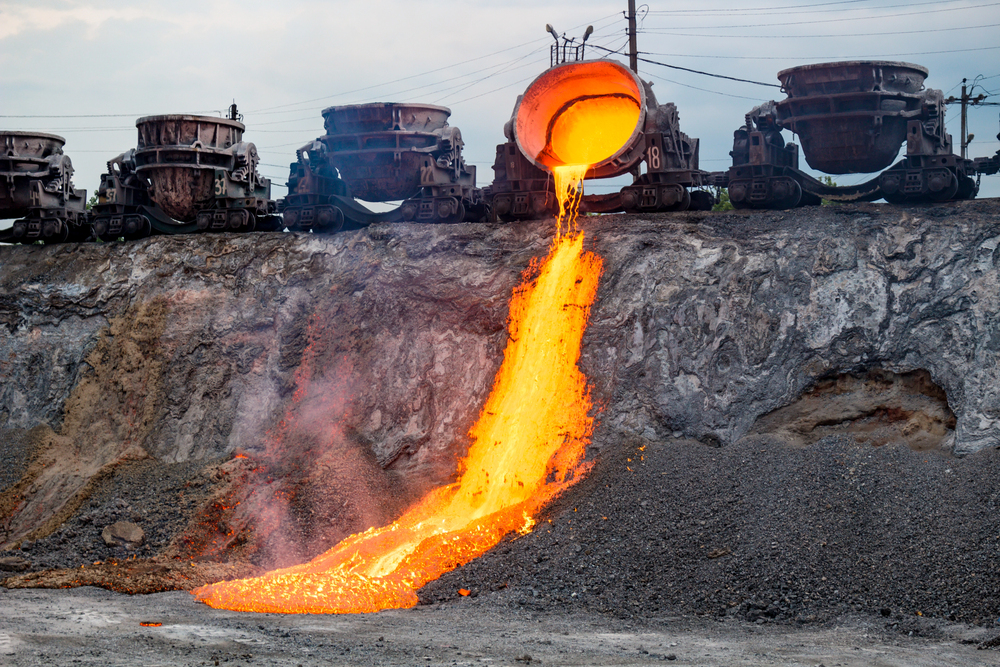Steel slag use far more widespread, 216 locations now found

Steel slag, the grey, stone-like material that is left over after making steel, has been used in at least 216 different locations nationwide despite the potential danger to the public, according to an investigation by website Nu.nl and Investico.
In July the Dutch government introduced a temporary ban on the use of steel slag in areas where it could pose a risk to public health such as cycle paths, footpaths and playgrounds after an outcry.
The investigation, launched after tip-offs from readers, highlights the lack of transparency about where the slag has been used. Tata Steel generates around 650,000 tonnes of it each year – equal to 26,000 truckloads but developers and local authorities are not required to register where it has been placed.
Steel slag is often marketed as a building material rather than waste and is commonly used as a cheap base layer in roads, dykes and waterways. However, the public health institute RIVM said in a report in 2023 it can release harmful substances when it comes into contact with rain or groundwater.
The environment inspectorate has also warned twice that steel slag can damage the environment, even when used according to current regulations. The national audit office has also called for action.
Some local authorities, including Muiden, Amstelveen, Texel and The Hague have been removing the slag, which is often used to make paths or playgrounds, Nu.nl reported.
Thank you for donating to DutchNews.nl.
We could not provide the Dutch News service, and keep it free of charge, without the generous support of our readers. Your donations allow us to report on issues you tell us matter, and provide you with a summary of the most important Dutch news each day.
Make a donation